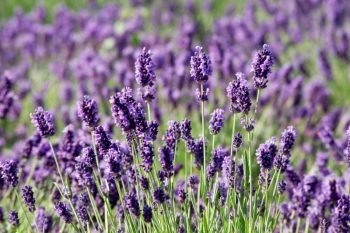Evergreens are known to withstand the frost of winter like a champ, but few of them are as fragrant as the popular rosemary shrub. This spikey shrub produces small whitish blossoms once or twice per year.
So long as the plant is kept healthy, rosemary can be harvested continuously. Experts suggest trimming the stems to just a few inches long, directly after they blossom.
Cruciferous Vegetables
These vitamin-packed powerhouses get their name from the fact that they initially develop four long, pointed leaflets, from which their fruit emerges. This creates the look of a crucifer, or a cross.
Crucifers include a broad variety of popular veggies, including broccoli, brussels sprouts, cauliflower, and cabbage. These are best known for their edible stems and blossoms, which are easily recognized as sprouts and “miniature trees.”
But did you know there is a whole host of other crucifers that are better known for their roots and/or their foliage?
Kale, for instance, is a great example. This deep green beast is famous for adding super healthy roughage to soups and salads alike. Its lesser-known leafy cousin, kohlrabi, is also a tasty addition to your plate.
Speaking of kohlrabi, turnips offer a very similar flavor, and likely more recognizable to most of us. Additionally, radishes are also root-based crucifers commonly found in salads and spicy Asian dishes.
As for the cruciferous veggies of the leafier type, you’ll be glad to hear that many are used in some of your favorite pungent condiments. That’s right; wasabi, mustard, and horseradish all similar health benefits to broccoli and cabbage.
If you’re looking for nutrient-rich greens that add a serious bite- as well as a gorgeous winter blossom to your garden- these guys have you covered.
For more fun facts about what to plant when both the sun and the temperature have dipped pretty low, don’t miss Winter Vegetables to Grow in the Shade from our friends and Ryno Lawn Care.

